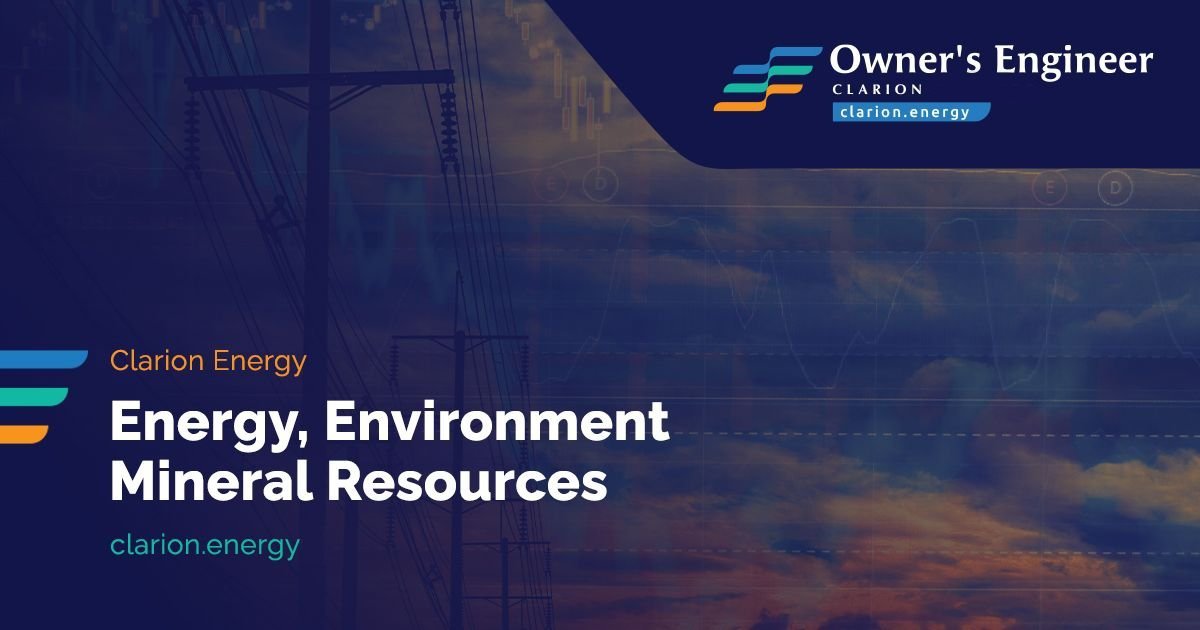In October 2022, the EBRD published no fewer than eight environmental and social assessments on the Greece – North Macedonia fossil gas pipeline for public consultation. Thousands of pages analyse every nook and cranny along the planned route, but fail to notice the elephant in the room: the project’s massive greenhouse gas emissions.
The European Investment Bank (EIB) already signed a loan for the Greece – North Macedonia fossil gas interconnector project in 2021, but the European Bank for Reconstruction and Development (EBRD) only announced it was considering the project in autumn 2022, when it published reams of environmental and social assessment studies, along with other project documentation such as a stakeholder engagement plan.
Although it is welcome that the EBRD publishes more project-level documentation than the notoriously untransparent EIB, the environmental impact assessment (EIA) process and public consultation for this project has been messy from the start.
Limited public consultations on the first EIA
The first EIA and a Social Impact Assessment for the project were developed under an EU-funded technical assistance project. But the authorities in North Macedonia failed to carry out the mandatory public consultation once the draft EIA was published.
Consultations aimed at local people were organised in towns near the planned pipeline, but no-one who lived in other parts of the country and no national experts or civil society organisations were invited to comment, despite the magnitude of the project. The EIA was uploaded on an obscure part of the Ministry’s website but there was no information about how to submit written comments or by when to do so. It was only much later that interested NGOs realised by chance that the study had already been approved.
Despite referring to both EIB and EBRD rules, the first EIA ended up not meeting EBRD standards and the Bank commissioned a series of supplementary studies, including an Environmental and Social Impact Assessment (ESIA), a biodiversity study and others.
Supplementary studies leave us none the wiser
Despite running to thousands of pages, these studies still do not acknowledge the elephant in the room – the greenhouse gas emissions from burning the gas transported by the pipeline. These have been estimated at approximately 3 million MtCO2eq/year by the Environmental Law Alliance Worldwide.
The pipeline would not exist in a vacuum – without being connected to facilities or distribution networks that will use its gas, it would be useless. The emissions from the downstream burning of the gas therefore must be calculated, at least as part of the project’s cumulative impacts.
In addition, when fossil gas is extracted and transported, it leaks into the air as methane, a much more powerful greenhouse gas than carbon dioxide. These upstream fugitive emissions also need to be assessed. No matter what level of detail all other topics are covered in, if these elephants in the room remain unaddressed, the ESIA is a charade.
Compliance with the EBRD’s own gas criteria not analysed
Let’s be clear – the EBRD should not be funding gas at all, anywhere. Unfortunately, the Bank does not yet acknowledge this, and only has a set of insufficient criteria for gas projects in its 2019-2023 Energy Strategy.
But oddly, the studies do not examine whether these have been met. They do not prove that:
The gas will displace less carbon-intensive sources. The studies steer clear of any real discussion on how the gas will be used, except vague references to ‘households’, ‘industry’ etc. Even if it does partly replace coal, that does not prove that its emissions would be lower, as explained in this study.
In fact, North Macedonia’s renewable energy use in the heating and cooling sector is almost completely dependent on the use of biomass in households and amounts to around 30 per cent of the final energy consumption in the country.
Biomass has a number of disadvantages, including air pollution, and should gradually be replaced with cleaner forms of heating such as heat pumps and renewables-based district heating. But replacing it with gas is not a solution. This merely switches from one carbon-emitting source to another and decreases North Macedonia’s chances of reaching its 2030 renewable and climate targets.
The pipeline will be able to transport renewable gas, in the unlikely event that such amounts of renewable gas are ever available.
The greenhouse gas emissions of the gas pipeline are consistent with North Macedonia’s Enhanced Nationally Determined Contribution, which pledges to reduce national emissions to 6.06 MtCO2eq by 2030.
Emissions of around three million tonnes would constitute nearly 50 per cent of this target. So the pipeline would likely prevent the country from achieving it.
And North Macedonia would have to further decrease its emissions beyond 2030 as well, not maintain them.
North Macedonia has a credible commitment to move towards decarbonization, and that the project is an essential part of ‘a credible low-carbon strategy.’ Instead, they promote increased fossil gas use as something positive, without providing any evidence.
Death by EIA documentation – and for what exactly?
Ultimately, if eight lengthy studies cannot correctly identify a gas pipeline’s main environmental impacts and analyse its compliance with EBRD policies, then what is the point of this exercise, apart from greenwashing and wasting people’s time?
If the EBRD wants to be seen as a climate leader it has to stop playing dumb on the greenhouse gas emissions from its projects. A fossil gas pipeline either delivers gas and causes emissions, or it doesn’t, and it’s a stranded asset. The Bank can’t have it both ways.
With the upcoming revision of its Energy Strategy this year, the EBRD has yet another opportunity to finally systematically stop financing fossil fuels. It must do so.
In the meantime, it must also demonstrate in the case of the Greece – North Macedonia pipeline that it is serious about its existing commitments and refuse to finance a project that would account for half the country’s 2030 greenhouse gas emissions, Bankwatch reports.












